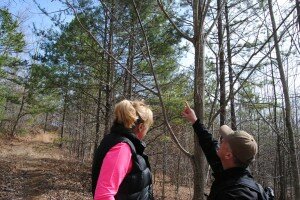
MACED’s third strategy brief – released today – focuses on the local foods movement in eastern Kentucky, which truly is booming. A new farmers market in the region seems to open every summer. Local butcher shops, like JW Farms The Chop Shop in Hazel Green, are increasing interest in locally-sourced meat products. Small eateries and restaurants, like Treehouse Cafe and Bakery in Hazard, Summit City in Whitesburg, and The Blue Raven in Pikeville – all of which source some of their food from local producers – are becoming anchors of Main Street rebirth, and leading the way for others to do the same. It’s all no wonder, given Appalachians’ intimate history with agriculture and local food. Eastern Kentuckians have been subsistence farmers since they first settled this region. In fact, it’s likely the only thing we as a people have done longer than mine coal. To this day, the favorite foods of many Appalachians come from family gardens – fresh, ripe tomatoes with just a touch of salt, white half runner green beans cooked with salt bacon for flavor, new potatoes with a buttery texture that can’t be imitated. They are eastern Kentucky delicacies and staple foods. And now, they could become one of our economic saviors. Creating an infrastructure to better support local farmers and food producers is one of the most logical steps we can take toward revitalizing the region’s economy. It just makes sense to capitalize upon one of our most innate assets and find ways to create opportunities with it. Those...






